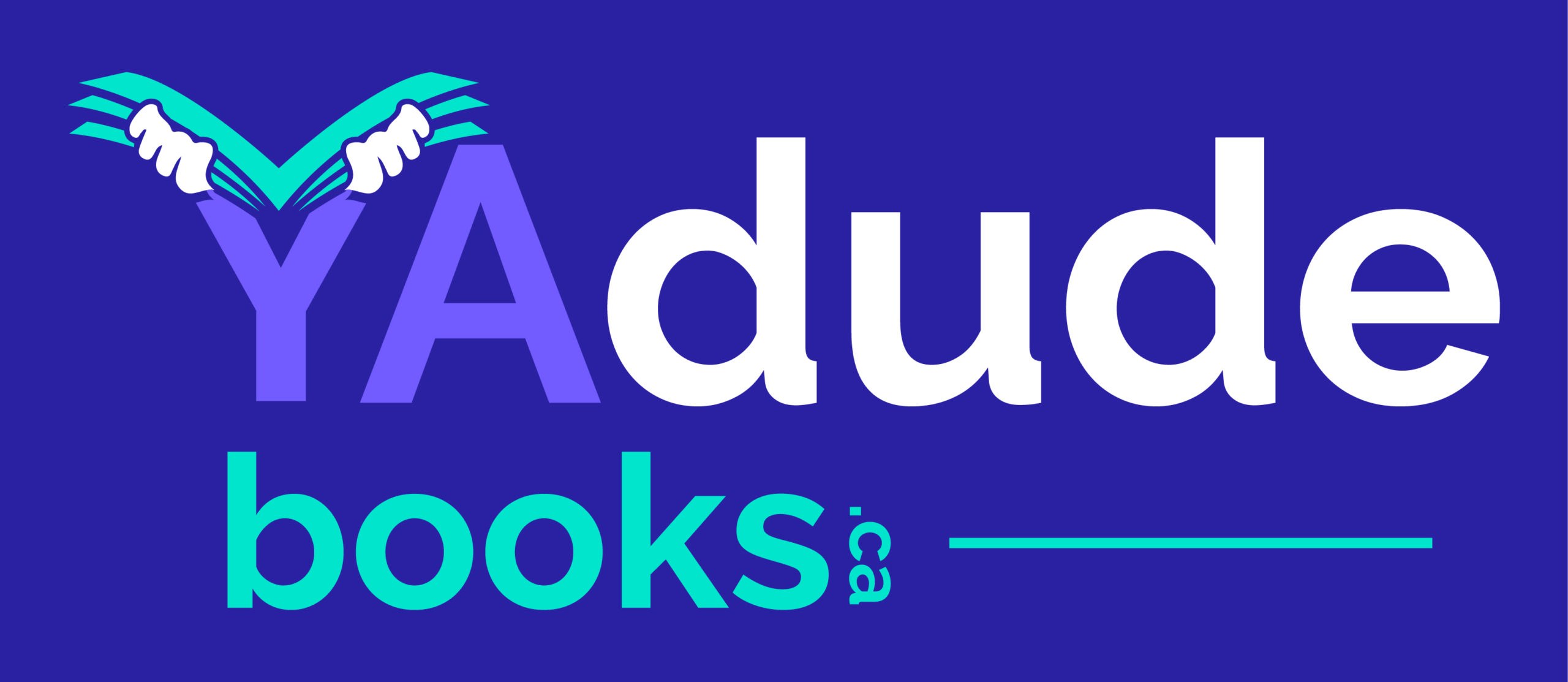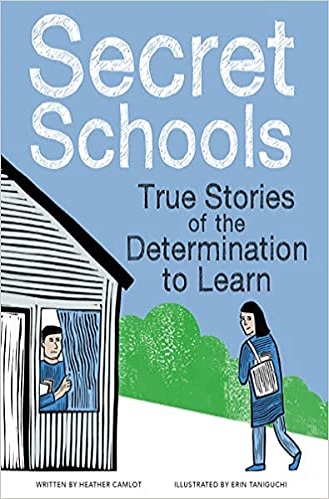Education goes undercover in this compelling look at some of the world’s most secretive schools through history.
Can you keep a secret? What if it meant hiding from your loved ones, sneaking out late at night or risking imprisonment? And what if that secret was that you were going to school?
From covert classrooms created by enslaved Africans in the United States, to academic schools disguised as “sewing lessons” for women in Afghanistan, to espionage schools run by powerful governments, Secret Schools explores the hidden classrooms that have opened their doors so children and adults could learn.
Vivid linocut illustrations and interesting facts enhance the book’s 15 true stories of resilience and courage in the pursuit of education. Accompanying profiles for each story introduce readers to an important person who played a significant role in each secret school. Concluding with a look at inventive approaches to education in today’s world, this deep dive into clandestine learning will invite readers to think deeply about the meaning of education and the barriers many face in accessing it.
The topic immediately appealed to me. I imagined exciting stories of kids sneaking around at great risk to get educated. Indeed, the first line totally drew me in and reinforced that expectation:
What if it meant leaving your home late at night so no one knew where you were going? Or hiding from the government or members of your family? Or risking imprisonment—and even death? What if the secret was that you were going to school?
So I was, in all honesty, disappointed to find that the format was somewhat dry history-telling, offering almost no break-out sidebars with actual kids’ stories, from the kids’ point of view. In fact, the sidebars are almost entirely about brave teachers or school founders: adults. It felt like a book for adults that just happened to offer kids’ vocabulary (suitable for both middle grade and young adult), kids’ format and attractive illustrations of kids. It is, in short, a book that “tells” rather than “shows,” too often with passive tense.
After invading Poland in 1939, the Germans forbade Polish education in an attempt to destroy the culture. Most schools were shut down. Some teachers were arrested, deported or killed. Some went into hiding.
Students would take roundabout routes to reach their secret destinations one at a time, making sure no one saw them enter the “classroom.” They hid their schoolbooks, often by wrapping them in paper. If they didn’t have school supplies, they wrote letters in the dirt with sticks or on bark using ink made from oak trees.
Cacuango and a teacher named María Luisa Gómez de la Torre began secretly teaching classes in Cacuango’s hometown of Cayambe. Lessons had to happen at night, after the children had finished a day of work on the hacienda. In the beginning, classes were held in people’s homes, moving from hut to hut on the hacienda. So that no one hut would draw suspicion, all the huts kept their lights on while lessons ran. Some huts had double walls that could hide a classroom or had desks that could be taken apart quickly in case someone came poking around.
Even so, there’s an impressive breadth of examples chosen, both historical and contemporary, from all around the world. (A map outlining where they were would have been fun.) The research is thorough and the text is easy to read. The linocut illustrations are unusual and inviting. And students will love the topic!
Although kids will love the section on spy schools (secret-agent training facilities), those seem a slightly awkward fit with schools that children couldn’t easily opt to attend. But all in all, this is a great topic with definite kid-appeal. Personally, I hope there’s a sequel in the works with all the up-close, thrilling kids’ point-of-view stories I was hoping for.
-Pam Withers


